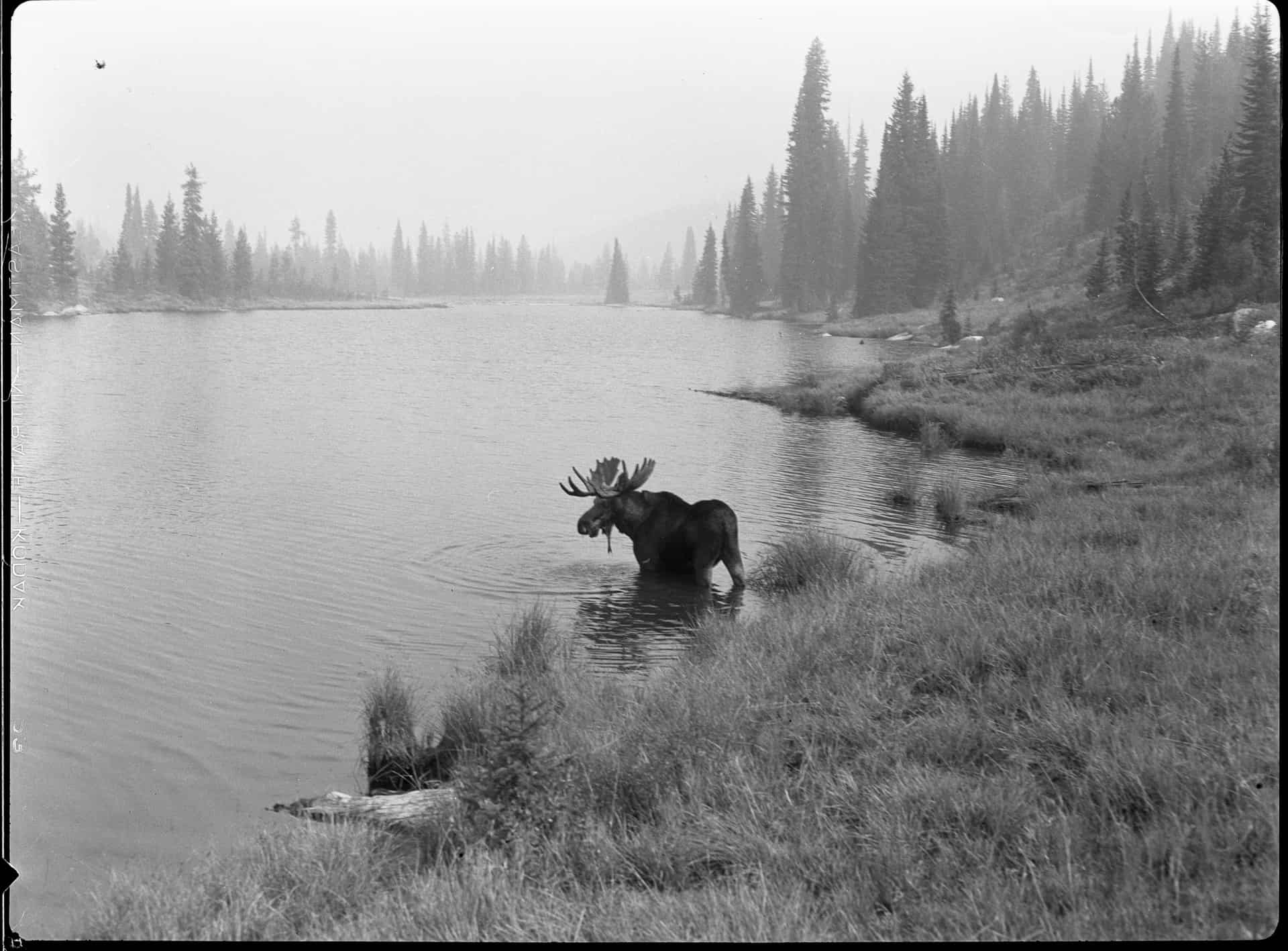
The former Solicitor of the Interior, John Leshy, says there exists in wilderness politics a tension between idealism and pragmatism. This tension is evident in the 1964 Wilderness Act and subsequent wilderness laws, for each is generally the product of some negotiation and compromise. Though too simplistic, this split is helpful to understanding the past, present, and possible future of wilderness politics.
At one end of the continuum are idealists who rightfully worry that too many deals are being made in order to secure wilderness areas that are too compromised and too small, among other deficiencies. Their concerns are heightened when economic development, in whatever guise, is being traded for wilderness designation. At the other end are pragmatists who rightfully point out that wilderness has always been about compromise and that concessions have to be made in order to move the agenda forward. It is a debate that has been going on for some time. Instead of Yankees v. Red Sox, think of George Nickas of Wilderness Watch versus Doug Scott of Campaign for America’s Wilderness (no pay-per-view for the latter).
Compromise has always been part and parcel of wilderness politics. This most often entailed the size of an area, the drawing of lines on maps, the releasing of lands to multiple use management, the use of alternative protected land designations, and fights over non-conforming uses and special provisions related to such things as grazing, access, and water management.
Important to point out is the significance of precedent in these historic debates. Special provisions are often replicated in wilderness laws. Once used, provisions related to such matters as water rights and buffer areas are regularly stamped onto future wilderness bills as a matter of course.
This history helps explain why some groups are so concerned about incorporating more explicit economic development provisions into wilderness legislation. These concerns were sharpened with passage of Nevada wilderness bills beginning in 2002 that controversially included various federal land sales and other economic development goodies in exchange for wilderness.
And these concerns continue to manifest in recent debates. Take, for example, the proposed Boulder-White Clouds wilderness bill—the Central Idaho Economic Development and Recreation Act. This bill includes wilderness designation, land conveyances to Idaho counties and a city, and Congressional appropriations designed to assist adjacent counties. (And at this point, all of these sweeteners have yet to win over key political representatives in Idaho or the county government-focused Tea Party in the state).
To no surprise, wilderness legislation is a product of its time and political context. So many of the wilderness battles of the past pitted traditional gladiators against one another; wilderness advocates versus the timber or mining industries for example. That was a relatively simple dichotomy.
Also relatively simple was the fact that many wilderness battles of the past were about protecting rocks and ice—alpine and subalpine environments having relatively less economic value and pre-existing uses than lower-elevation lands. Many current wilderness proposals, however, now aim to protect lower elevation landscapes—and thus landscapes with more historic uses and entrenched interests. I suspect that the issue of political compromise and wilderness will become only more pronounced in the future because of the character of the lands being debated. (The recent designation of the Owyhee Canyonlands comes to mind for example).
So What’s Changed? What is newsworthy, perhaps, is to consider how the contemporary political context is changing the wilderness debate…again. Let me offer a few examples:
First, consider the widespread interest in forest restoration. At a general level, the forest restoration agenda has the potential of rearranging traditional political alliances. Restoration has certainly shaped a large part of Senator Tester’s controversial wilderness bill (see related posts on our blog). Its proponents are seeking a balance between roadless area protection, various forest restoration goals, and a steadier and more predictable flow of timber. Restoration is changing the terms of the debate in other places as well, with various “place-based” groups drawing new lines on maps, including areas to be prioritized for wilderness, restoration, and more active forest management.
Or take motorized recreation. This constituency is important for obvious reasons, and related concessions are made in several wilderness bills. But motorized recreation has changed the wilderness debate in other ways as well. There seem to be differences of opinion as to how great of threat motorized recreation is to future wilderness designation. Some people believe that there is an urgency to designating lands as wilderness because of the growing threat of motorized recreation. Some fear that motorized interests will increasingly use roadless areas and other protected lands and in doing so will establish historic use and diminish the characteristics that make these lands suitable for wilderness designation. This perspective believes that we don’t have the time or luxury of waiting for the perfect large-scale unblemished wilderness law. Those stars are unlikely to align, they say, so we must get on with more politically feasible protection strategies.
Energy law and policy provides my last example. This sprawling field will likely touch upon all of our federal land systems, wilderness included. Take, for example, the proposed California Desert Protection Act of 2010 (click and read only if you have nothing to do for the next two days). This gargantuan bill, in a nutshell (it wouldn’t fit), would designate wilderness areas, national monuments, and other protected lands and thus take roughly 1 million acres of the Mohave desert off-limits to renewable energy development. But 119 pages later, that same bill encourages solar power production on other federal lands, including those managed by the BLM, USFS, and Defense Department. Worked into the legislation is a hodgepodge of various provisions designed to expedite renewable energy—including its permitting and transmission—in California and other Western states.
***
To conclude, I don’t want to overstate this trend because there are lots of old-fashioned wilderness bills and recently passed wilderness laws that are straightforward and uncomplicated. The last Omnibus Conservation Law passed in 2009 includes several examples. So there is nothing preordained about more compromise and economic development in future wilderness designation.
Nonetheless, issues like restoration, motorized recreation, and energy development, among others, will continue to change the way in which wilderness politics is debated in the future. They also bring to the fore a number of important questions.
For now, consider two. First, is wilderness law the appropriate vehicle to address related (and not-so-related) conservation issues such as energy development and forest restoration? And second, is the split between idealists and pragmatists a healthy one, a tension to be balanced? Or are these viewpoints working at cross-purposes to the disadvantage of wilderness and conservation?
Martin Nie, University of Montana








